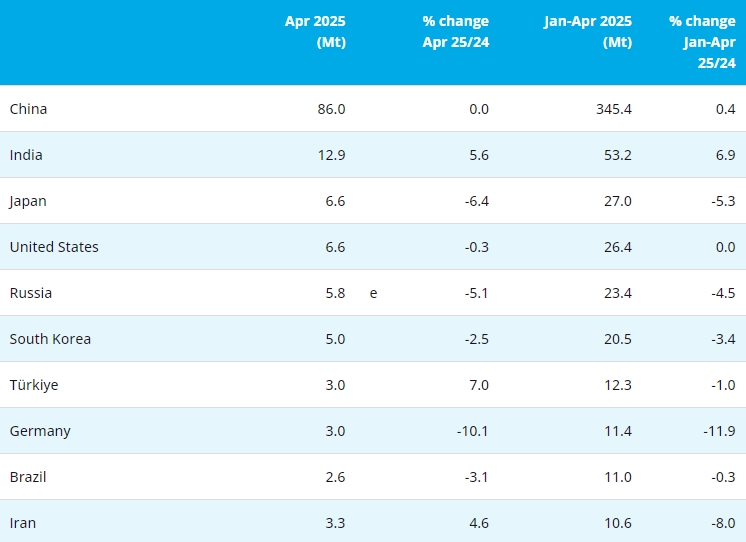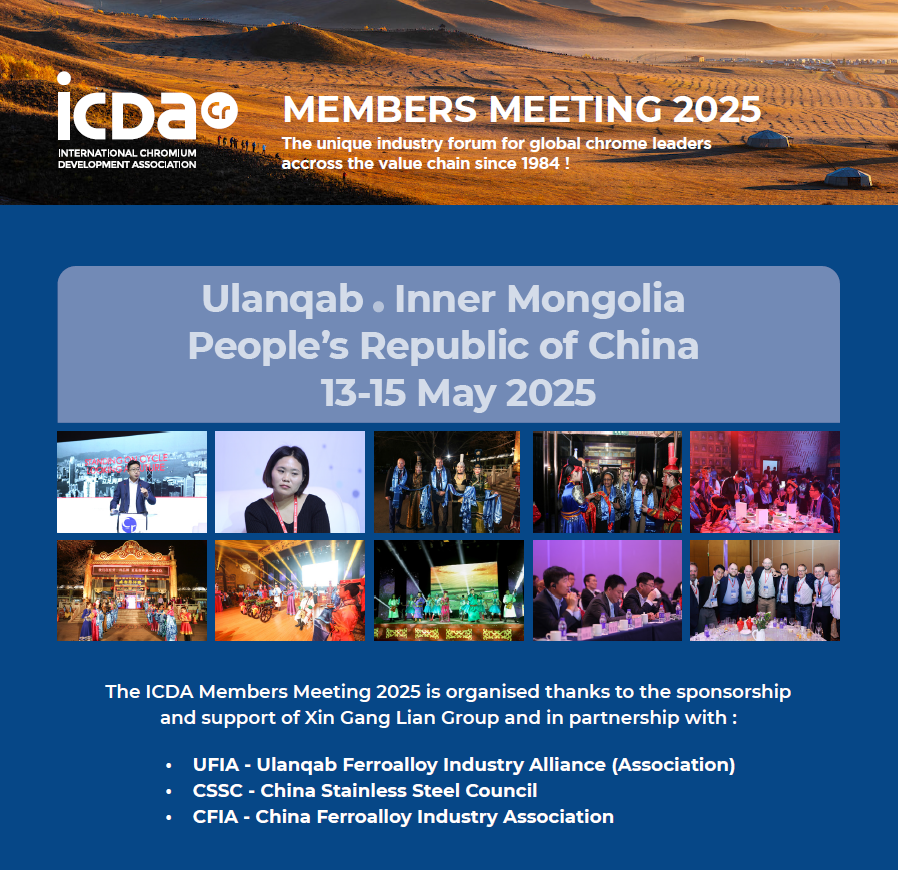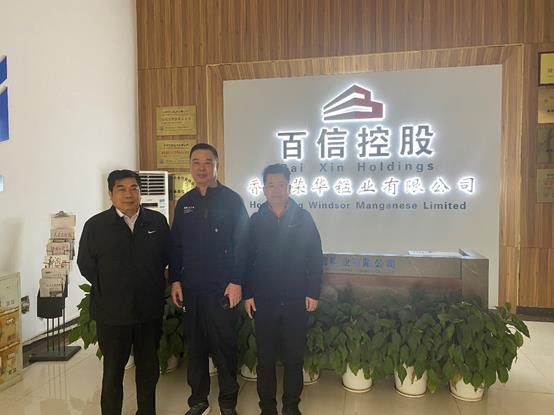
In a steel plant not far from Beijing, hydrogen-fueled trucks shuttle around a clean and garden-like workshop with an intelligent production line that would hardly remind visitors of a stereotype steel company.
Yang Zijiang, director of the steel rolling mill of Rockcheck Steel Group Co Ltd in North China's Tianjin municipality, said that since the coordinated development of the Beijing-Tianjin-Hebei region began ten years ago, steelworkers have benefitted from the enterprise's green and low-carbon transformation.
Yang who has been working in the steel industry for nearly 20 years recalled that the steel factory used to be dusty. Rolling mills, fans and other equipment in the factory were not only energy-consuming, but also polluted the surrounding environment.
Besides Tianjin, Hebei province neighboring Beijing is China's top steel producing province.
In 2014, a national strategy was proposed to propel the coordinated development of the Beijing-Tianjin-Hebei region, which prioritizes promoting the green and low-carbon development mode.
Within an area of 216,000 square km surrounding Beijing, more than 100 million people live in the clusters of 13 cities at the prefecture level and above, which are included in the coordinated development.
In the year 2013, the average concentration of fine particulate matter (PM2.5) in the Beijing-Tianjin-Hebei region registered 106 micrograms per cubic meter, rated among the country's worst air pollution areas.
Over the past decade, Beijing, Tianjin and Hebei have unified pollution control standards, and made coordinated practices and law enforcement, which have effectively curbed the pollution.
In 2022, the average concentration of PM2.5 in the Beijing-Tianjin-Hebei region was reduced to 37 micrograms per cubic meter, and the proportion of surface water with class I-III water quality increased from 45.1 percent in 2013 to 77.5 percent in 2022. Class I is the best water quality according to China's five-tier water assessment system.
At the Beijing 2022 Winter Olympics, all the venues are powered by 100 percent green electricity supply through wind power and photovoltaic installations in Zhangjiakou, Hebei province, which was the first time in the Olympic history.
Beijing boasts one of the country's seven pilot carbon emission trading markets. Since its opening in 2013, it has recorded a cumulative transaction volume of more than 100 million tons with the total trading value up to 4 billion yuan ($556 million).
Tianjin has been committed to building a 736-square km green corridor in its areas linking Tongzhou district in Beijing and the Xiong'an New Area in Hebei province.
Han Yufeng, with the Tianjin municipal bureau of planning and natural resources, said that in some of the afforested areas, ecological conditions have notably improved, with more abundant water resources and greener plants.
While a modern city structure is sprouting up in Xiong'an New Area, aiming to become China's "city of the future" beside the Baiyangdian Lake, the surrounding ecological environment has been getting better rather than deteriorated.
Wu Haimei, deputy director of the ecological and environment bureau in Xiong'an, said that the number of wild birds and fish species in the lake area surged by 70 and 21, respectively, after the new area was established in 2017.
As the largest wetland ecosystem in northern China, the water quality of the lake has improved from below Level V, the lowest of China's five-tier water assessment system, to Level III, during the period. The wild birds and fish species in the lake area have reached 276 and 48, respectively.
Xinhua
Copyright © 2013 Ferro-Alloys.Com. All Rights Reserved. Without permission, any unit and individual shall not copy or reprint!
- [Editor:kangmingfei]



 Save
Save Print
Print Daily News
Daily News Research
Research Magazine
Magazine Company Database
Company Database Customized Database
Customized Database Conferences
Conferences Advertisement
Advertisement Trade
Trade




 Online inquiry
Online inquiry Contact
Contact

Tell Us What You Think